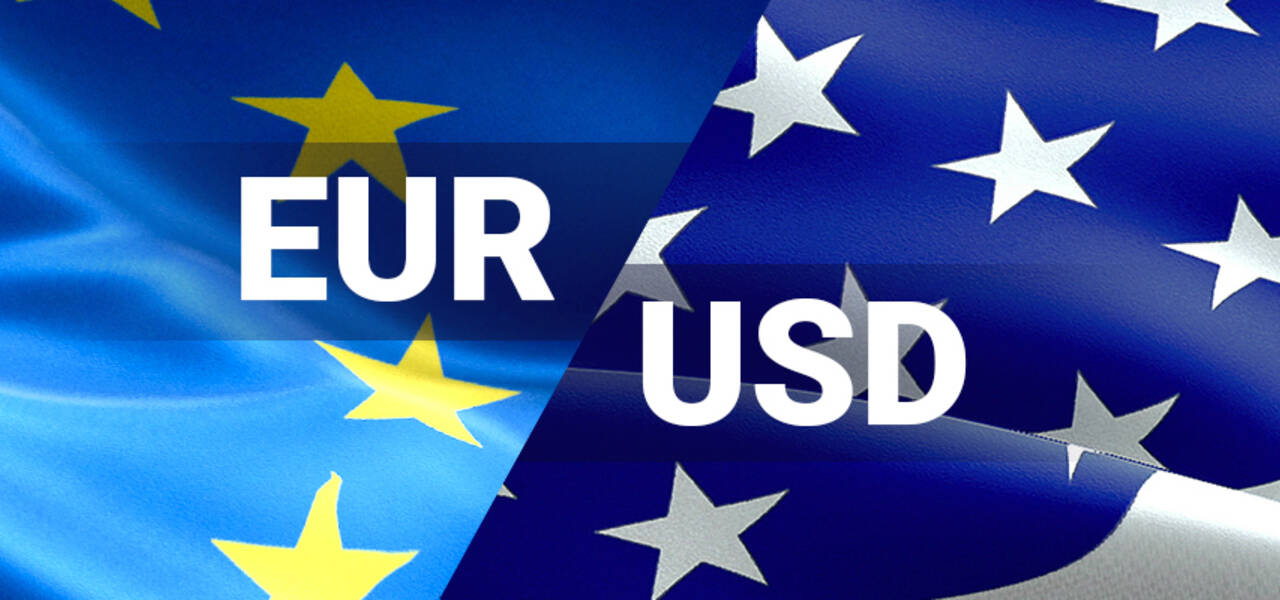The EUR/USD retreated from its earlier highs, slipping back below the 1.04 mark as risk sentiment wavered around midday in London. The shift came after Donald Trump took to social media with an all-caps declaration: “TODAY IS THE BIG ONE: RECIPROCAL TARIFFS.” Markets are now waiting to see what form these tariffs will take and which countries and sectors will be affected. Despite today’s struggles, the EUR/USD forecast has improved slightly, fueled by optimism surrounding a potential resolution to the Ukraine conflict. Up next are PPI and jobless claims data.
Trump’s Tariff Warning Jolts Markets
Trump’s social media post momentarily unsettled markets, though he later attempted to soften the impact by adopting a more optimistic tone regarding efforts to end the Ukraine war. The coming days will reveal the specifics of these tariffs and how markets react. So far, investors have largely viewed Trump’s tariff threats as strategic bargaining tactics rather than definitive policy shifts.
Earlier in the session, the euro had already trimmed some of its gains as caution set in following comments from EU leaders. Estonia’s Prime Minister Kaja Kallas warned against premature concessions, stating, “It’s not good tactics to give things away before negotiations have started—appeasement won’t work.” She reaffirmed Europe’s commitment to Ukraine, emphasizing that if Kyiv chooses to continue its resistance, “Europe will introduce new initiatives to support it.”
Ukraine Optimism Limits Downside Risks for EUR/USD
Despite lingering concerns, European markets held onto earlier gains, supported by renewed optimism surrounding Ukraine. However, energy stocks faced pressure as oil prices extended their decline. Additionally, yesterday’s hotter-than-expected U.S. CPI inflation data kept bond yields elevated, tempering enthusiasm for growth stocks.
Markets reacted positively to Donald Trump’s discussions with Russian President Vladimir Putin, where both leaders agreed to initiate talks aimed at ending the Ukraine war. While no concrete agreements have been reached, the fact that negotiations are underway has been reflected in European asset pricing. A potential resolution could significantly reduce war-related costs, particularly in the energy sector, while also easing uncertainty and improving business confidence—an outcome that would benefit Europe’s largest economies and, by extension, the euro.
PPI Inflation in Focus as Rising Yields Keep Dollar Bears in Check
Attention now shifts to PPI inflation and jobless claims data, with retail sales figures set for release on Friday. PPI inflation is expected to ease slightly to 3.2% year-over-year from 3.3%, while month-over-month growth is projected to rise 0.3% from 0.2% in December. Jobless claims are expected to remain steady near the previous reading of 219,000.
For EUR/USD, optimism over Ukraine has helped offset the disappointment of fading hopes for imminent U.S. interest rate cuts. Yesterday’s stronger-than-expected CPI data pushed bond yields higher, prompting markets to push back expectations for a rate cut to December. Fed Chair Jerome Powell reiterated that inflation remains a concern, reinforcing the view that policymakers are in no hurry to ease monetary policy.
After establishing support around 1.0300 earlier this week, EUR/USD is now testing key resistance in the 1.0430 to 1.0500 range. Last week, the pair found solid support near 1.0200, a level it last tested in early January. While the formation of higher lows suggests some buying interest, the broader technical picture remains bearish. Moving averages still point lower, and price action is contained within a structure of lower lows and lower highs.
Given this setup, the recent rebound appears more like a corrective bounce rather than the start of a sustained trend reversal. For a stronger bullish case, the pair would need to break decisively above the 1.0430-1.0500 range, signaling a shift in sentiment. Until then, caution remains warranted as EUR/USD continues to trade within its prevailing downtrend.










